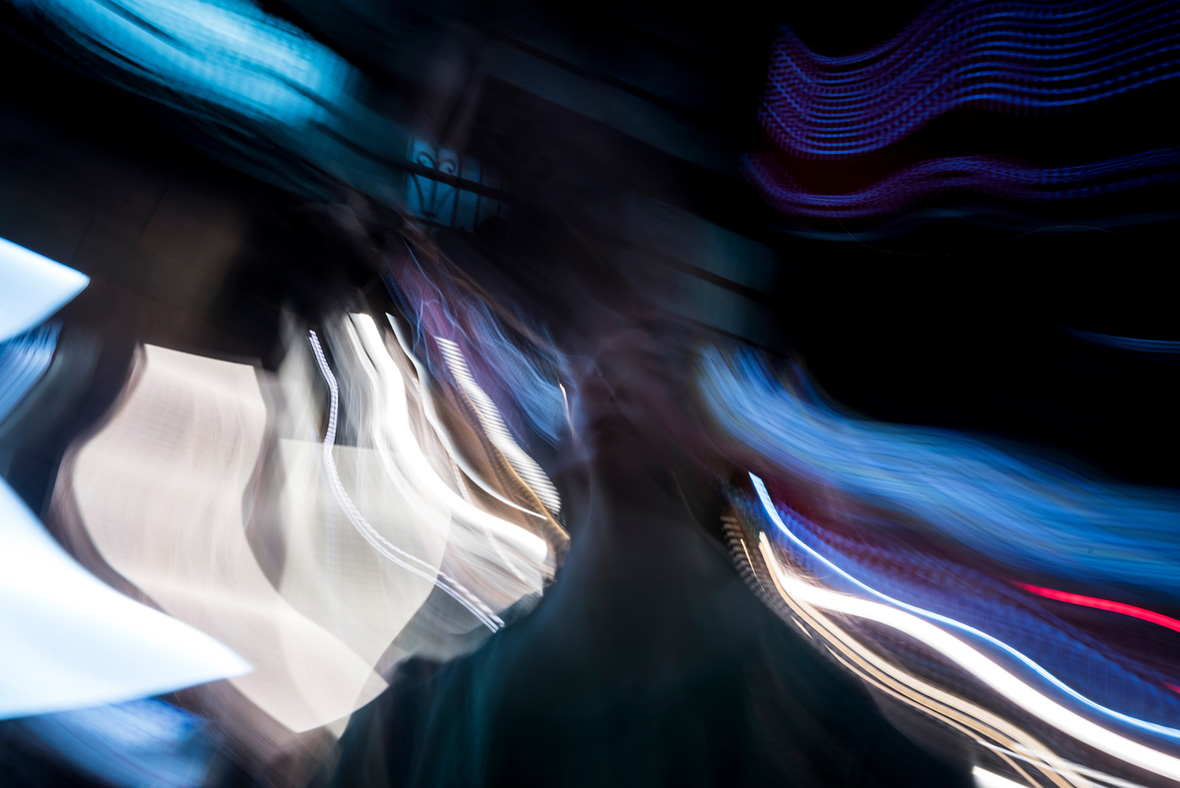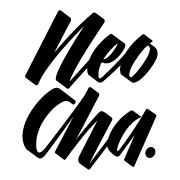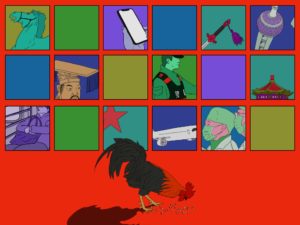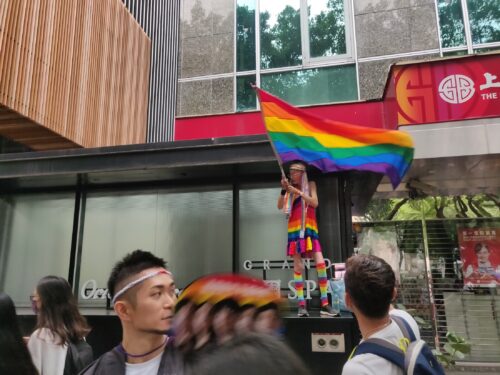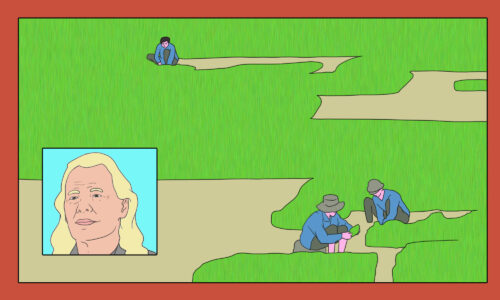This article was originally published on Neocha and is republished with permission.
When the Gates of Hell open in the seventh month of the Lunar year, spirits roam the earth. To keep them at ease, Taiwanese people burn joss money and zhizha, which are paper offerings that come in the form of mansions, cars, and even mobile phones. These afterlife amenities, meant for deceased ancestors, are given in exchange for their blessings.
29-year-old Du Zhenhao is regarded as one of the country’s youngest zhizha artists. Every year, he crafts a large-scale zhizha mansion that resembles a temple because of its exterior. Several months of hard work lead to one night, when Du takes his mansion to the small fishing port of Badouzi, sets it on fire, and releases it into the sea.
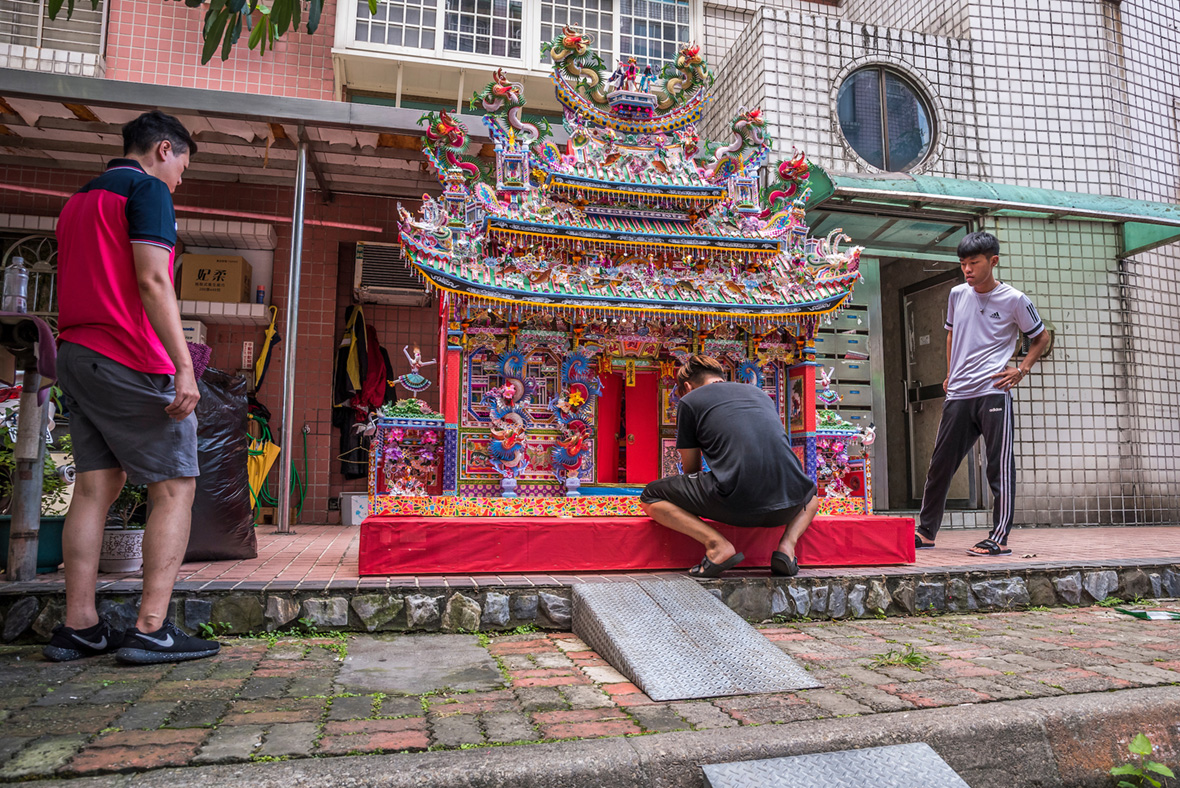
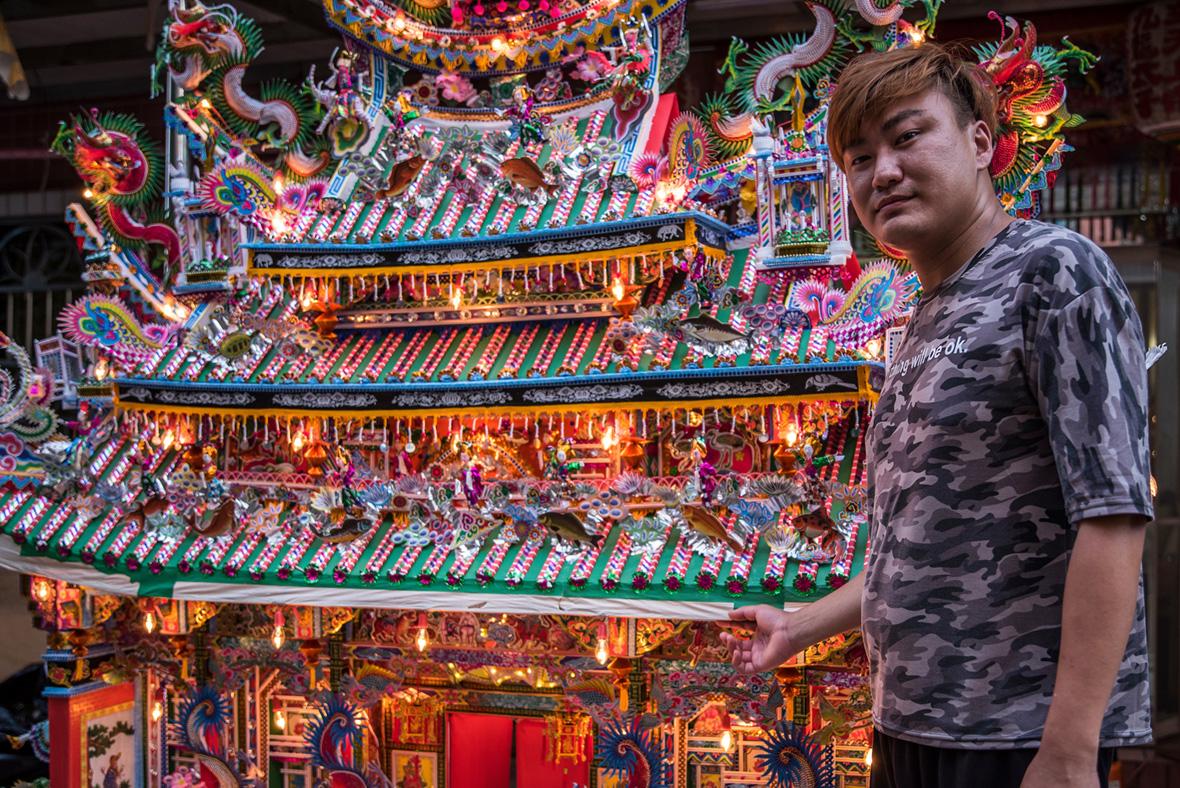
Du’s zhizha art is among many others in the Keelung Ghost Festival, an ancestral ceremony that honors the dead, in particular those who lost their lives in a deadly clash between different ethnicities in the city in 1851. Each paper assemblage is decorated with a single Chinese character related to a clan name that was shared by both sides of the clash.
Growing up in a small fishing village, Du spent much of his childhood surrounded by Taoist temples and traditions. Memories from his formative years are a large part of what inspired him to become a professional zhizha artist. He is self-thought in the architecture of temples and mansions, which is reflected in his craft. He strives for perfection because of his personality, but also his strong desire to show respect for his ancestors.
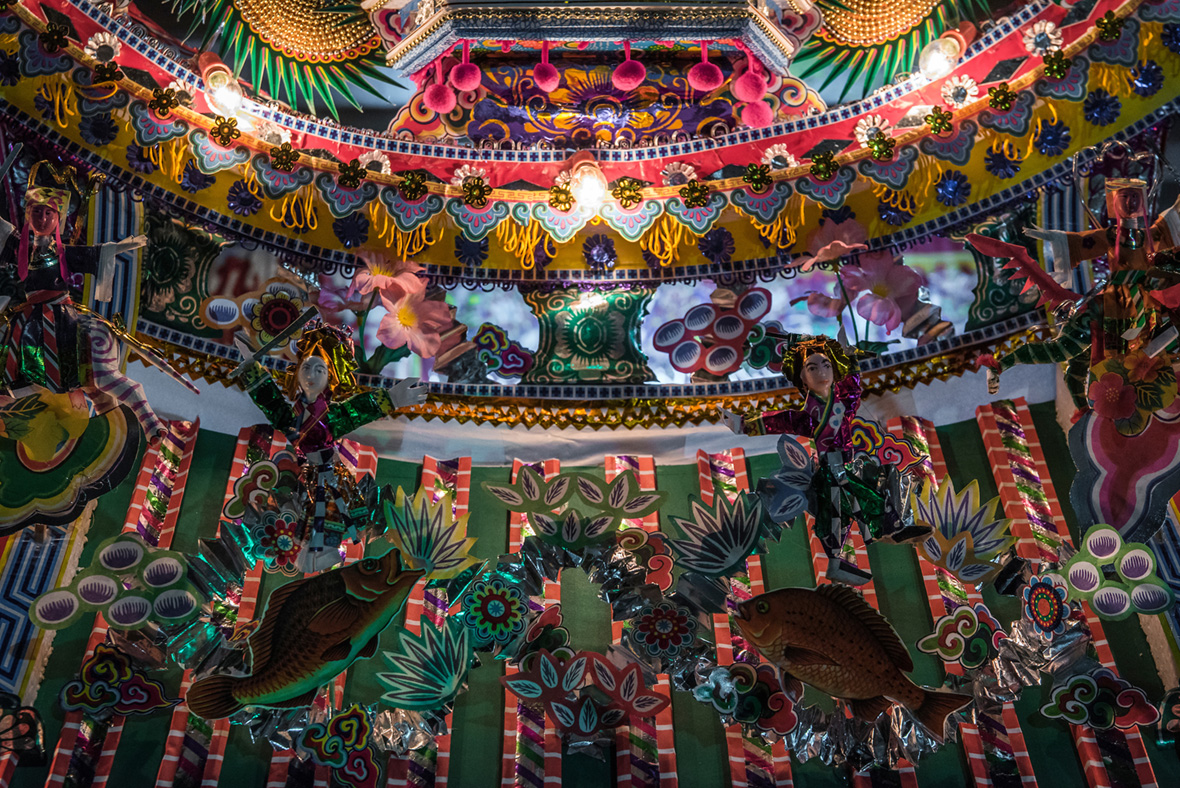
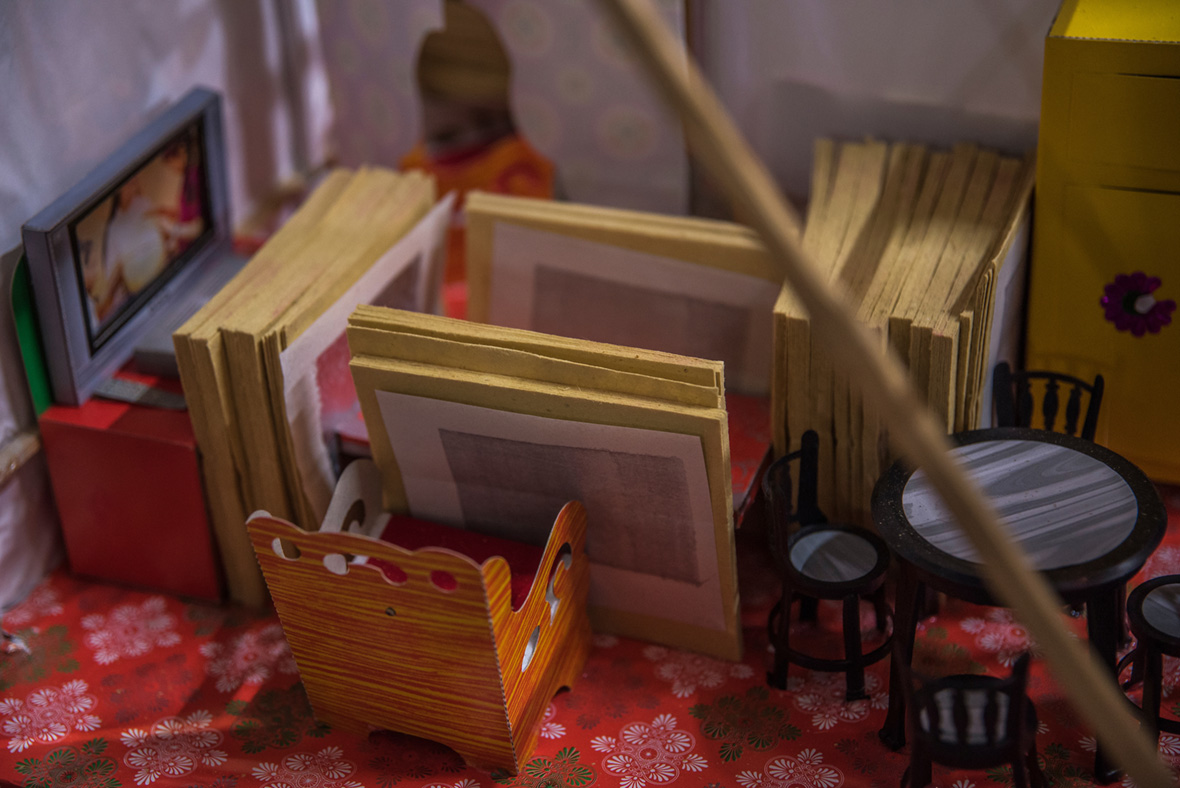
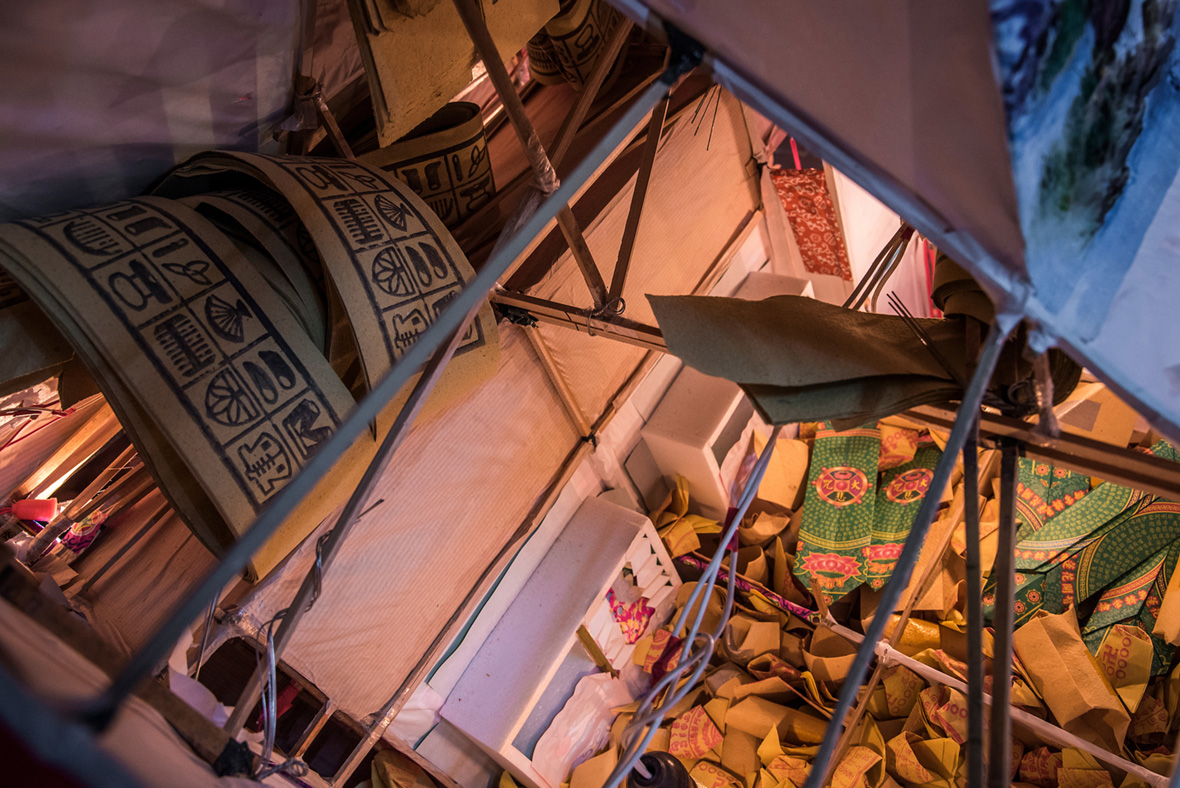

His zhizha creations are supported by bamboo sticks and covered with foam and paper. But they are composed with such intricate details that an untrained eye might mistake them for real buildings. A closer look at one of his latest works reveals various motifs of Chinese mythology, including koi dragons on the ridge of the roof and depictions of folk tales on the walls, such as The Cowherd and the Weaver Girl, which relates to the same time of the year.
The interiors of Du’s mansions are furnished and designed like mansions; they even include a living room, bedrooms, and a kitchen. He makes sure to decorate each room with the right furniture, all of which are also made of paper, and fills the remaining spaces with stacks of joss money, the currency of the afterlife. He then seals the backside with paper walls. Finally, he flips a switch, lighting up his creation with dozens of small lamps for an even more ethereal look.
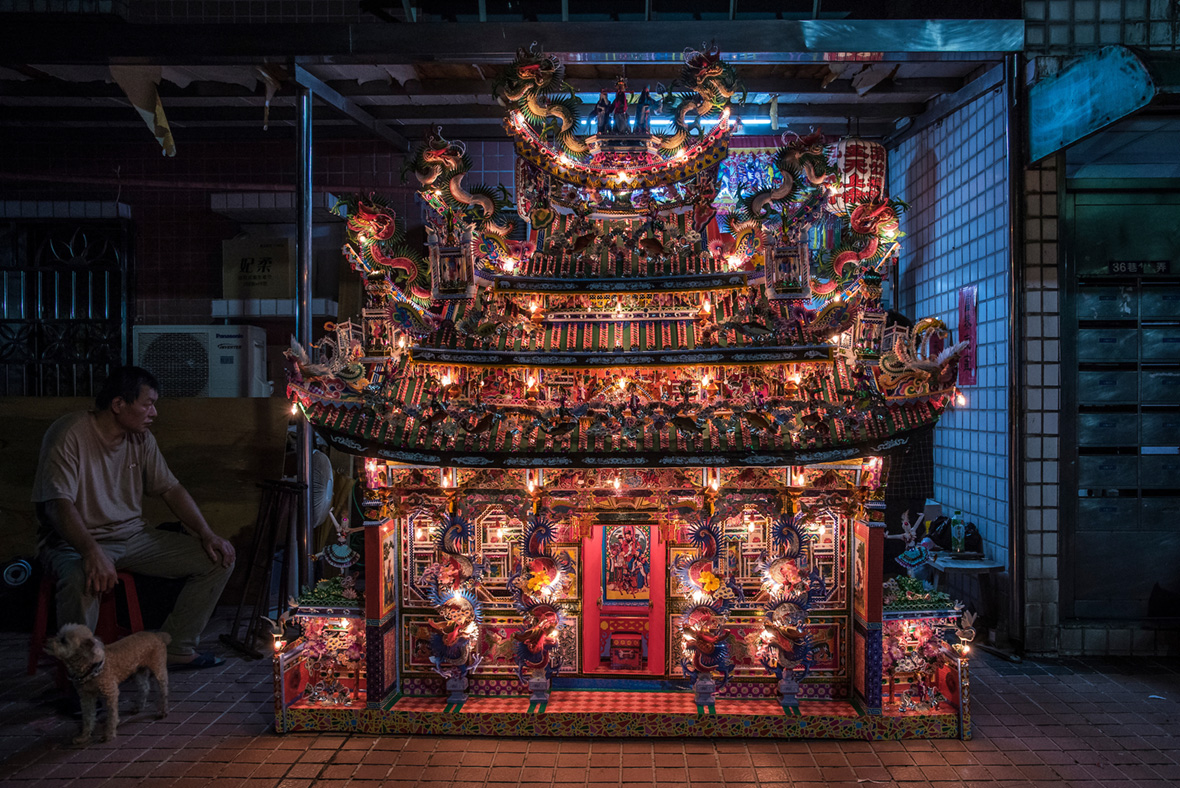
On the evening of the celebrations, each clan parades with their zhizha creations through Keelung’s central streets as they head towards Badouzi, a port located a few kilometers away. When they reach the port, they display their works once more to the public, there’s more praying, and the interiors are filled with even more sacrificial money. Around midnight, they carry the zhizha creations into the shoreline, set them on fire, and release them to float in the sea. The further they float, the more blessed its clan will be.

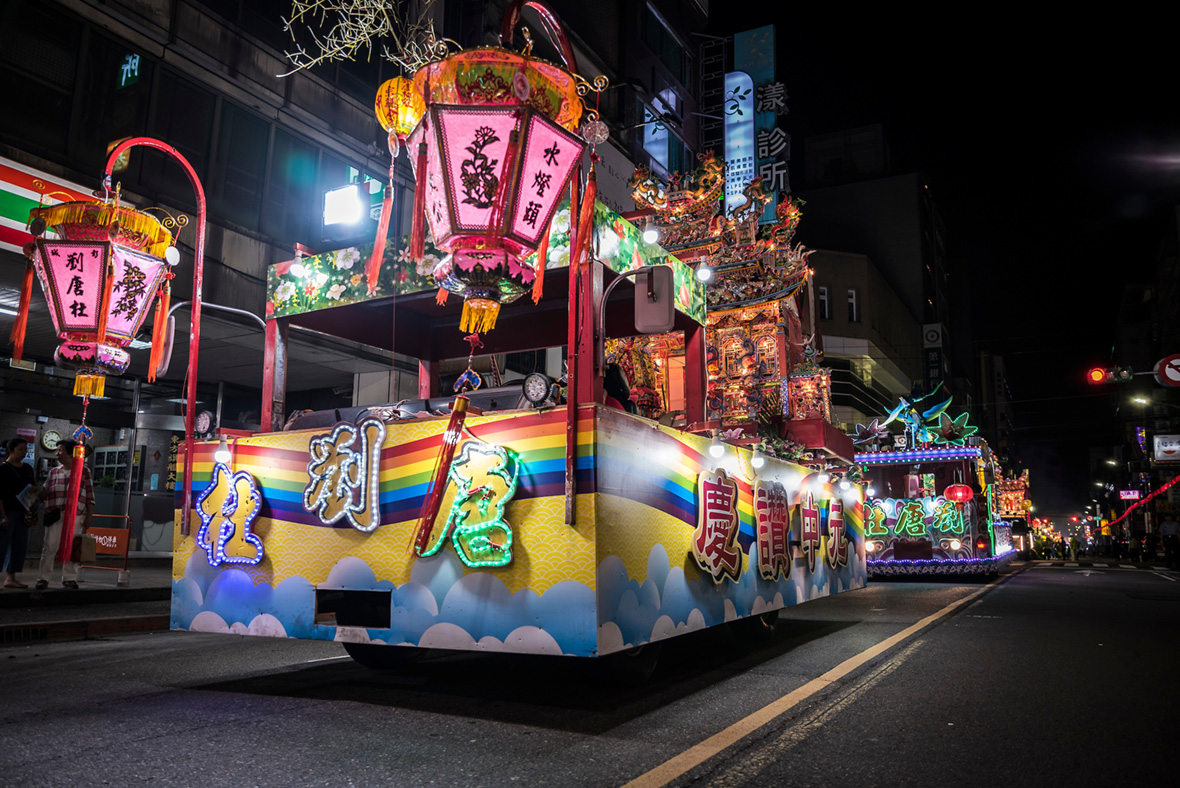
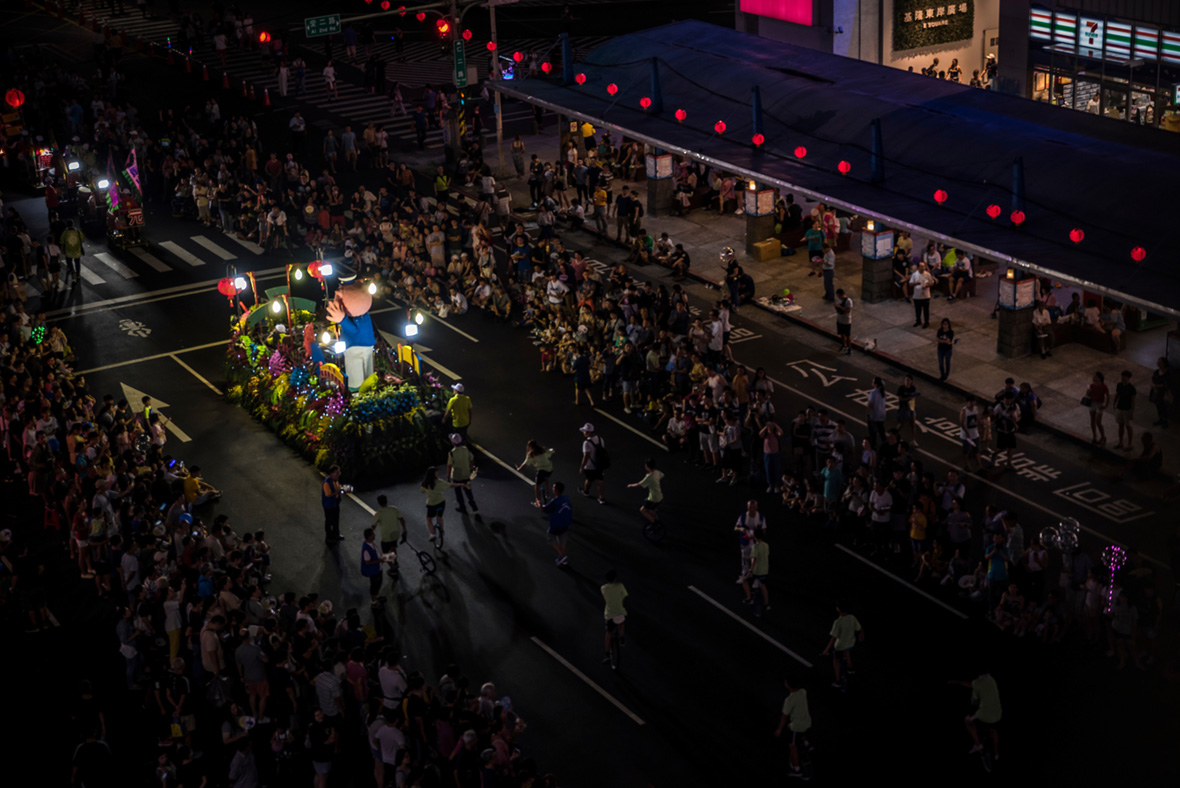
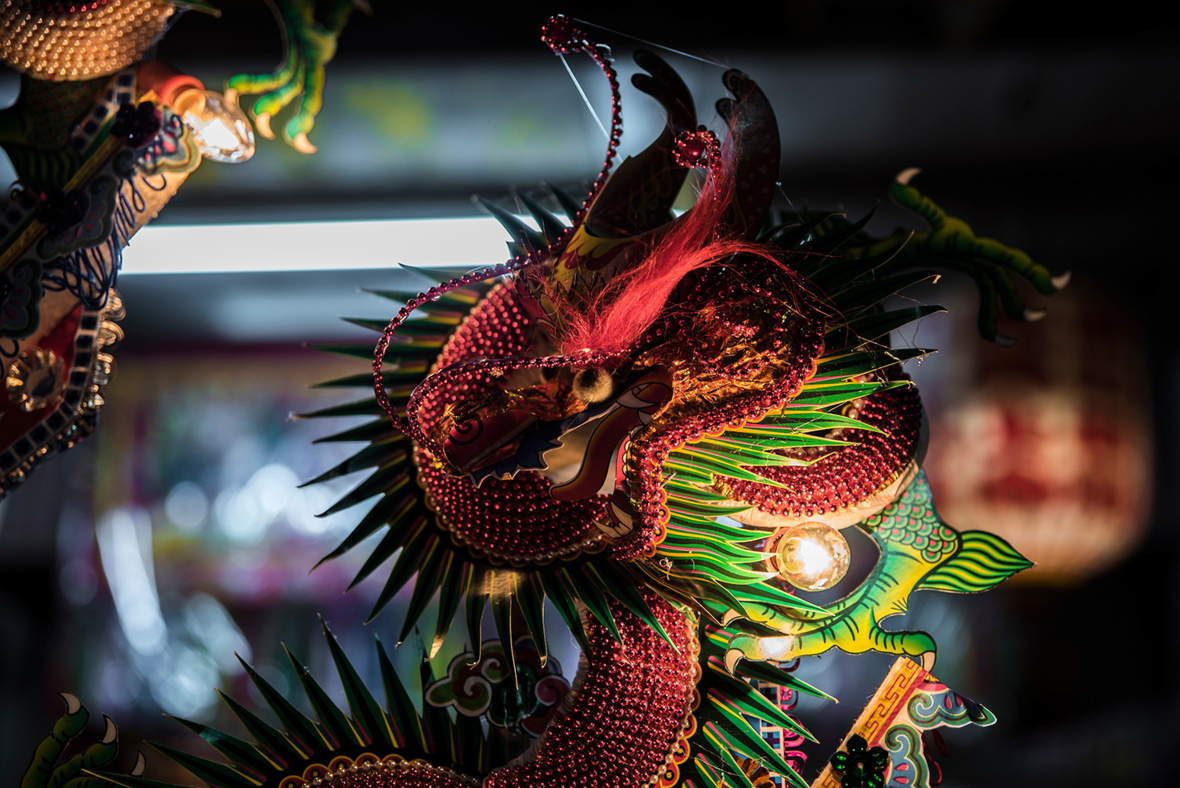
“Fire is essential to send something from one generation to another; it transforms, and it’s the symbol of continuation, as well a medium with which we can send our offers and to communicate our thoughts to our ancestors,” says Du. “Nowadays everything is about technology, and it has to be scientifically proved. Fewer people believe in ancient tales and folklore.”
But the symbology of his art and of the festival at large is also meaningful to the living. By intermixing surnames from different ethnicities in light of past disputes, the ritual encourages harmony, respect, and shared devotion. It unites Keelung’s inhabitants from different backgrounds and generations while keeping their local traditions alive.
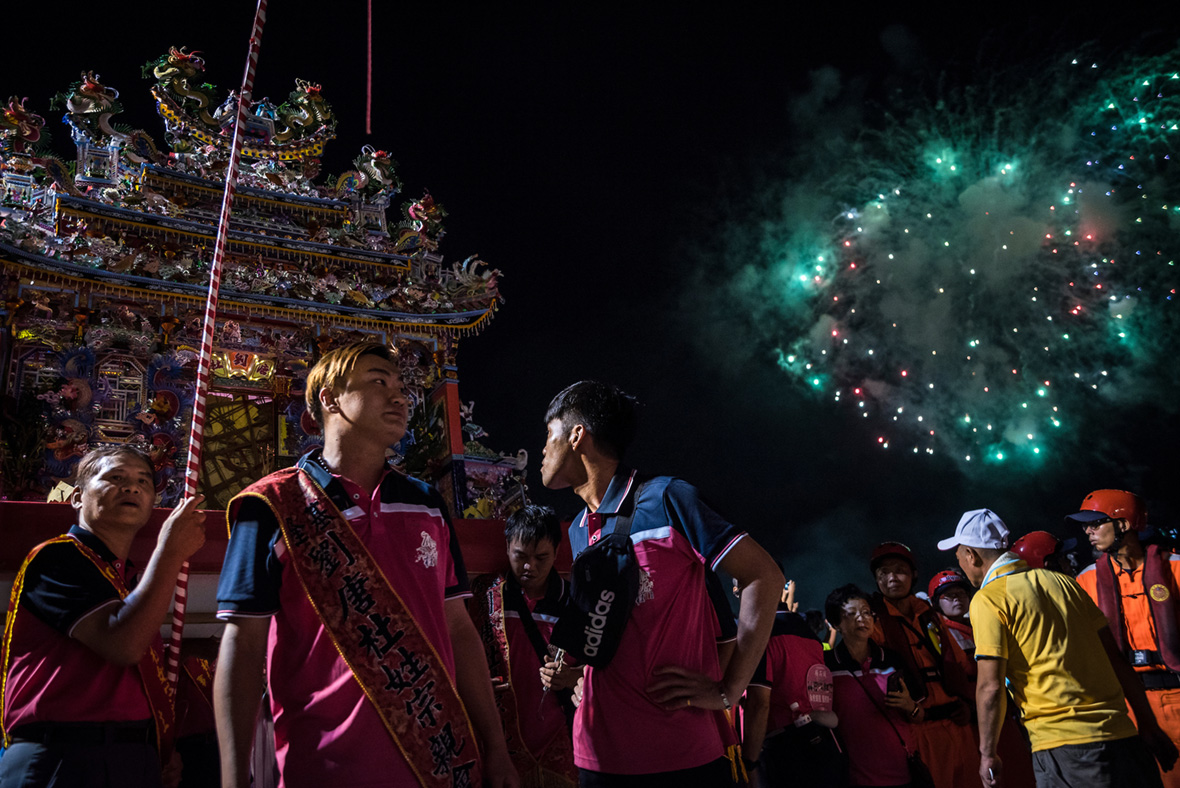
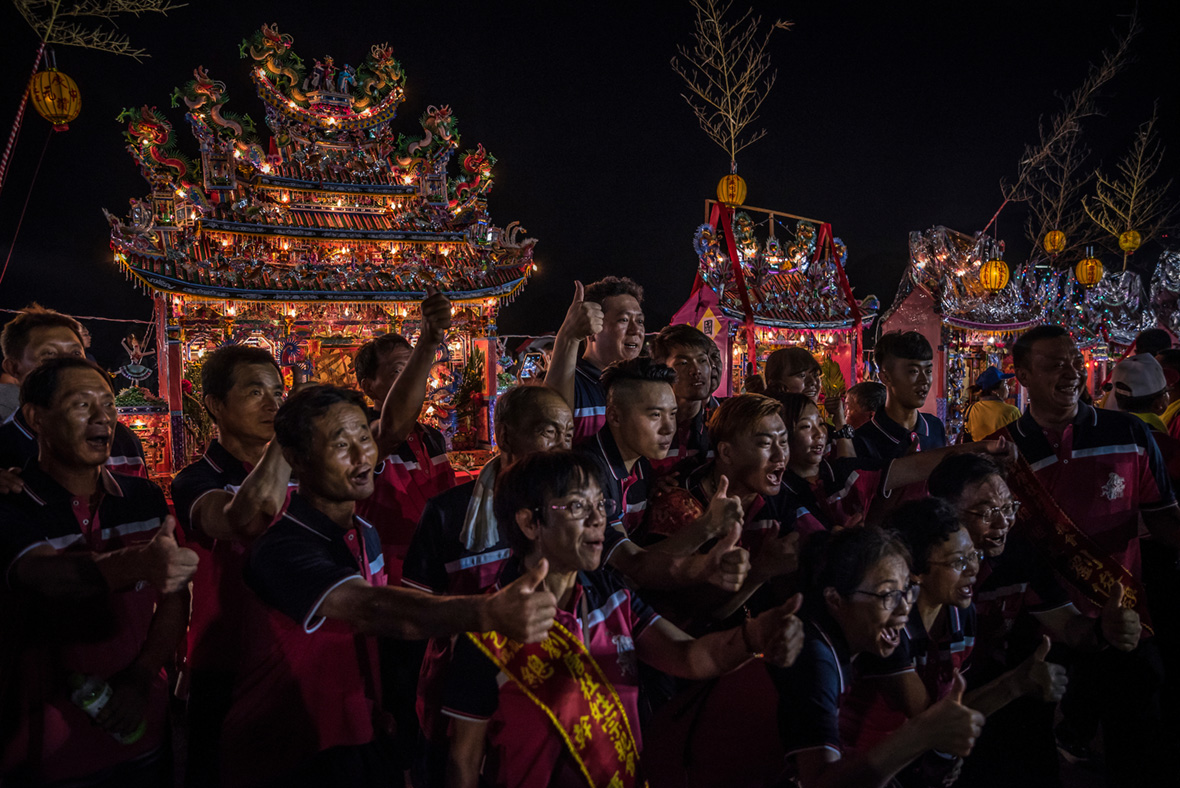
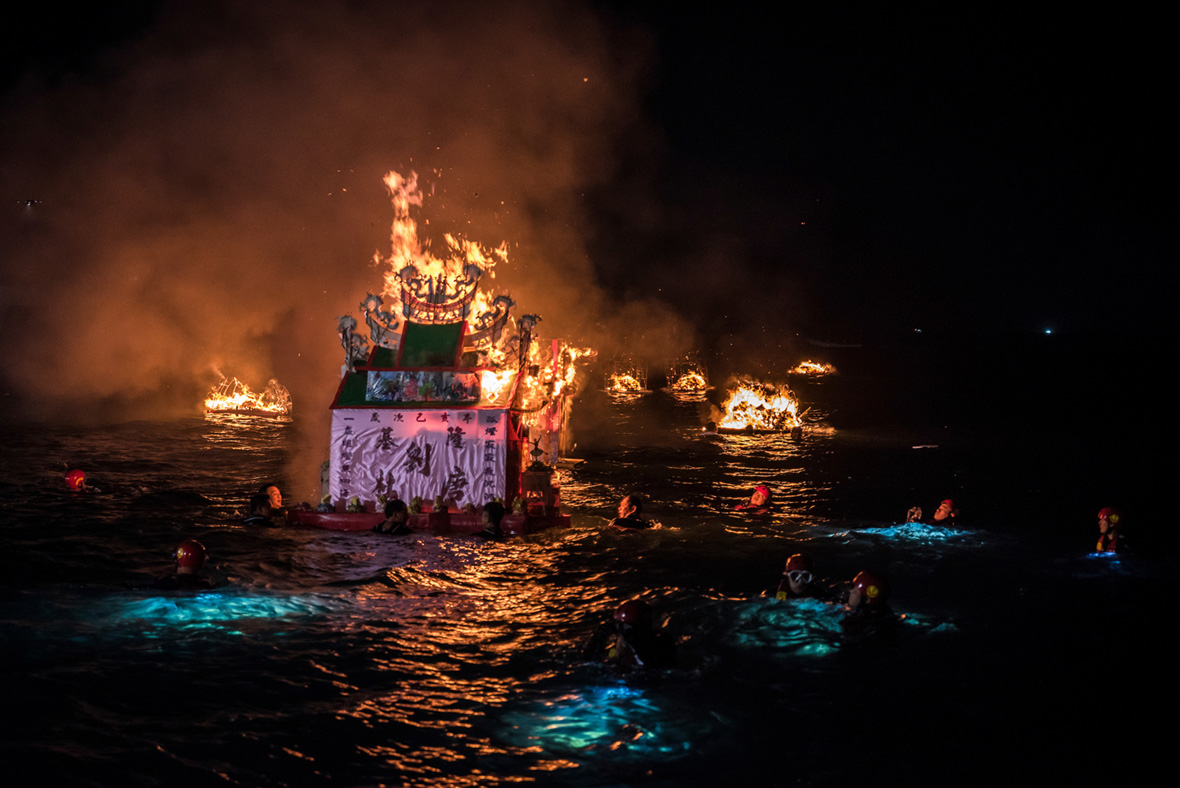
This promotion of harmony is particularly interesting to Du. A fascinating aspect of his work is that it doesn’t rely solely on ancient motifs but also draws inspiration from contemporary culture, trends, and achievements, such as the recent legalization of same-sex marriage in Taiwan. “This part here is about ethnic integrations,” he says while showing a prominent detail of the roof that’s colored like a rainbow. “But it’s also about the marriage between people of the same gender. It symbolizes a peaceful world. Everybody is equal. This idea is essential to the whole world, not just Taiwan. It’s important for the ghosts and the living to see this.”
Like this story? Follow neocha on Facebook and Instagram.
Contributor: Tomas Pinheiro
Photographer: Claudio Sieber
Chinese Translation: Yang Yixuan
